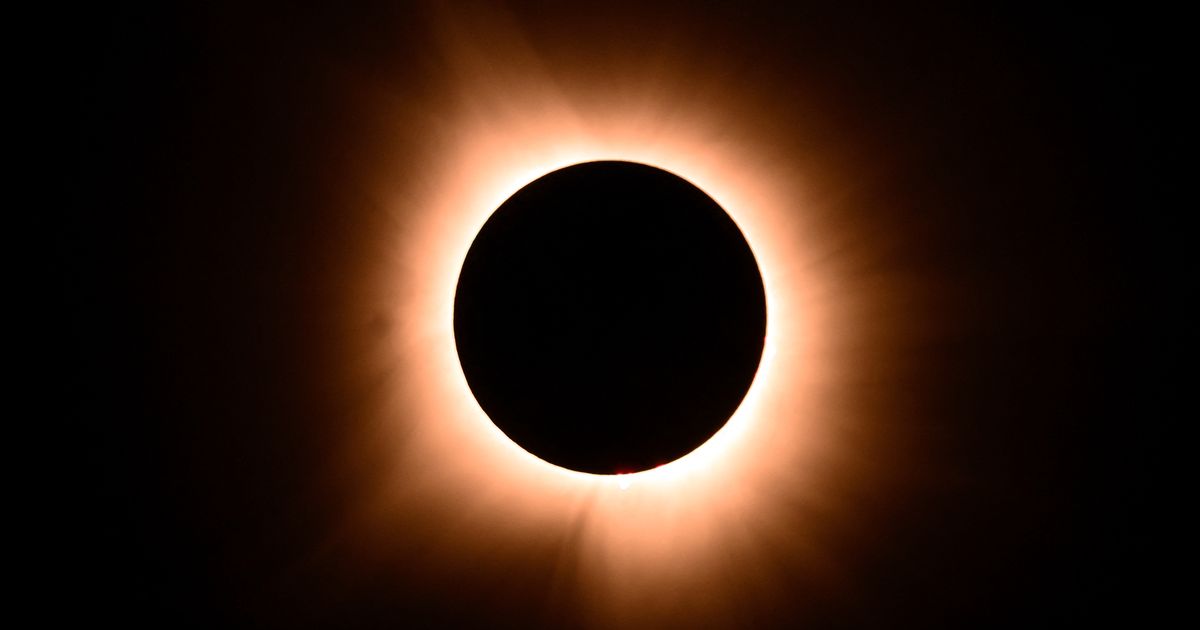A solar eclipse will plunge parts of the globe into darkness for a full six minutes in 2027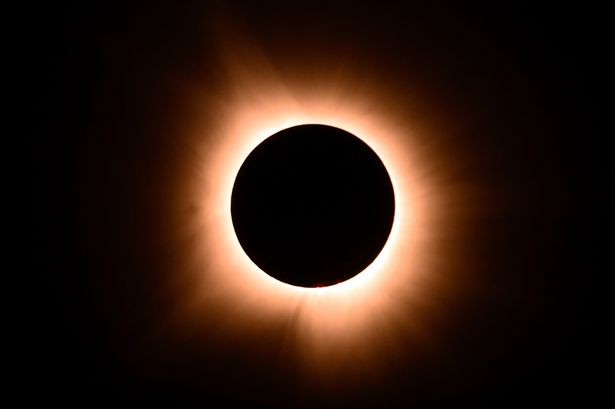 A spectacular solar eclipse will be visible to lucky sky watchers in 2027(Image: Getty Images)
A spectacular solar eclipse will be visible to lucky sky watchers in 2027(Image: Getty Images)
A solar eclipse visible in 10 countries is set to be one of the longest eclipses of the 21st century.
The spectacular cosmic event will take place on August 2, 2027. While only a partial eclipse will be visible from the UK, many eclipse hunters will travel across the globe to catch a glimpse of the “Great North African Eclipse”.
An eclipse happens when the Sun, Moon and Earth line up. During a solar eclipse, the Moon passes between the Sun and Earth, blocking some or all of its solar rays and casting a shadow on our home planet.
Dubbed the “eclipse of the century”, lucky sky watchers in some parts of the world will enjoy a whopping 6 minutes and 21 seconds of totality – the duration of total obscuration of the Sun.
The longest known total solar eclipse was 7 minutes and 28 seconds on June 15, 743 BC, in the Indian Ocean, according to Forbes. And the longest until the year 3000 will be 7 minutes and 29 seconds on July 16, 2186.
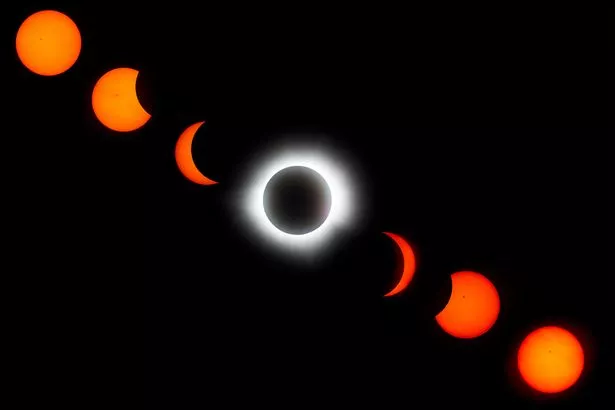 The full evolution of a total solar eclipse(Image: Getty Images)
The full evolution of a total solar eclipse(Image: Getty Images)
The 2027 will therefore offer a once-in-a-lifetime view of a total eclipse to those lucky enough to see it.
Where will the 2027 solar eclipse be visible?
The path of totality for the solar eclipse on August 2, 2027 will cover three continents. Sky watchers in Luxor, Egypt will be able to witness the longest period of totality (6 mins, 21 secs).
Areas of Spain, North Africa and the Arabian Peninsula will also witness a long period of totality, according to Forbes. According to the tracking website Timeanddate, the path of totality crosses 89 million people.
According to Timeanddate, the following countries lie in the path of totality for the solar eclipse on August 2, 2027:
- Algeria
- British Indian Ocean Territory
- Egypt
- Gibraltar
- Libya
- Morocco
- Saudi Arabia
- Somalia
- Spain
- Sudan
- Tunisia
- Yemen
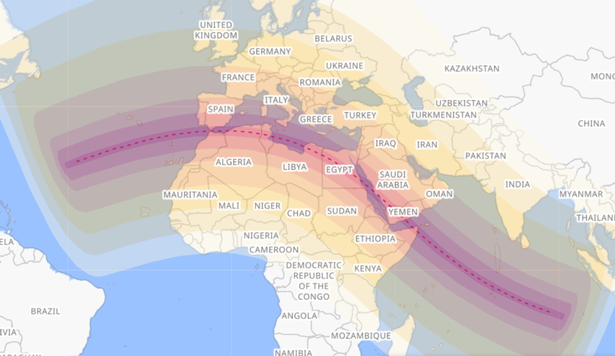 The path of totality (red) for the solar eclipse on August 2, 2027(Image: Timeanddate)
The path of totality (red) for the solar eclipse on August 2, 2027(Image: Timeanddate)
The duration of totality in these countries varies. In Cadiz, Spain, for example, the duration will be 2 minutes and 56 seconds. In Tangier, Morocco, totality will last 4 minutes and 51 seconds, whereas Luxor, Egypt will see 6 minutes and 20 seconds of totality.
What will the solar eclipse be like from the UK?
On August 2, 2027, a partial solar eclipse will be visible from the UK, meaning only part of the Sun’s disc will appear blocked by the Moon from our perspective.
Depending on where you are in the UK, anywhere between 20 and 50 per cent of the Sun will be covered by the Moon. The celestial event will begin at around 9am and finish at around 11am.
Those in the most southern parts of England will be able to witness the most coverage, with 47 per cent of the Sun covered when viewing the eclipse from St Ives, Cornwall, according to Timeanddate. In northern parts of Scotland, coverage ranges from 14 to 20 percent.
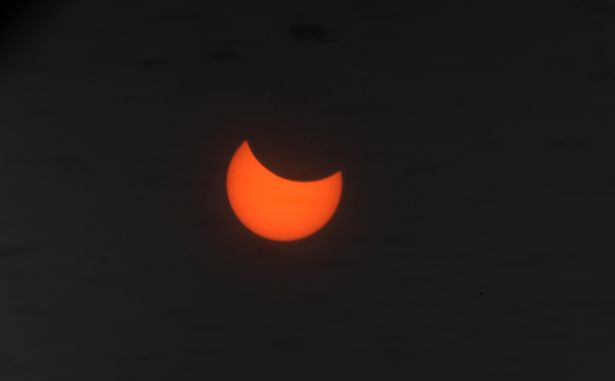 A partial solar eclipse will be visible from the UK in 2027(Image: Getty Images)When is the UK’s next solar eclipse?
A partial solar eclipse will be visible from the UK in 2027(Image: Getty Images)When is the UK’s next solar eclipse?
The UK last witnessed a partial solar eclipse in March 2025, where up to 50 per cent of the Sun’s disc was obscured.
The next partial solar eclipse visible from the UK will be on August 12, 2026, when up to 93 per cent of the Sun will be covered, according to Timeanddate. Totality will be visible from Greenland, Iceland, Portugal, Russia and Spain.
In the UK, the event will begin at 6.17pm BST, with maximum at 7.13pm, according to the Greenwich Royal Observatory.
After that, the UK will witness part of the “Great North African Eclipse” in 2027, before another eclipse on January 26, 2028 and another on June 1, 2030. After that, no more solar eclipses will reach the UK until 2036.
